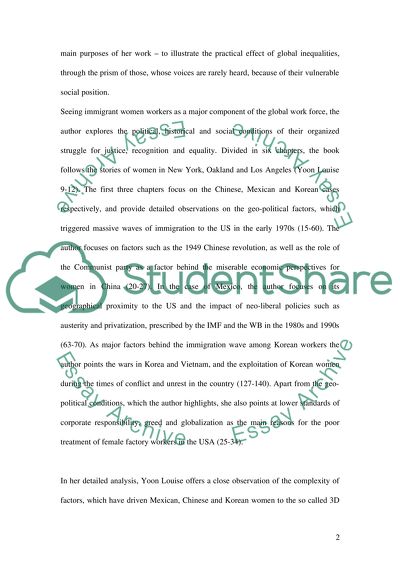Cite this document
(“Heroines and Villains in Yoon Louies Sweatshop Warriors: Immigrant Book Report/Review”, n.d.)
Retrieved from https://studentshare.org/gender-sexual-studies/1432795-heroines-and-villains-in-yoon-louies-sweatshop-warriors-immigrant-women-workers-take-on-the-global-factory
Retrieved from https://studentshare.org/gender-sexual-studies/1432795-heroines-and-villains-in-yoon-louies-sweatshop-warriors-immigrant-women-workers-take-on-the-global-factory
(Heroines and Villains in Yoon Louies Sweatshop Warriors: Immigrant Book Report/Review)
https://studentshare.org/gender-sexual-studies/1432795-heroines-and-villains-in-yoon-louies-sweatshop-warriors-immigrant-women-workers-take-on-the-global-factory.
https://studentshare.org/gender-sexual-studies/1432795-heroines-and-villains-in-yoon-louies-sweatshop-warriors-immigrant-women-workers-take-on-the-global-factory.
“Heroines and Villains in Yoon Louies Sweatshop Warriors: Immigrant Book Report/Review”, n.d. https://studentshare.org/gender-sexual-studies/1432795-heroines-and-villains-in-yoon-louies-sweatshop-warriors-immigrant-women-workers-take-on-the-global-factory.


